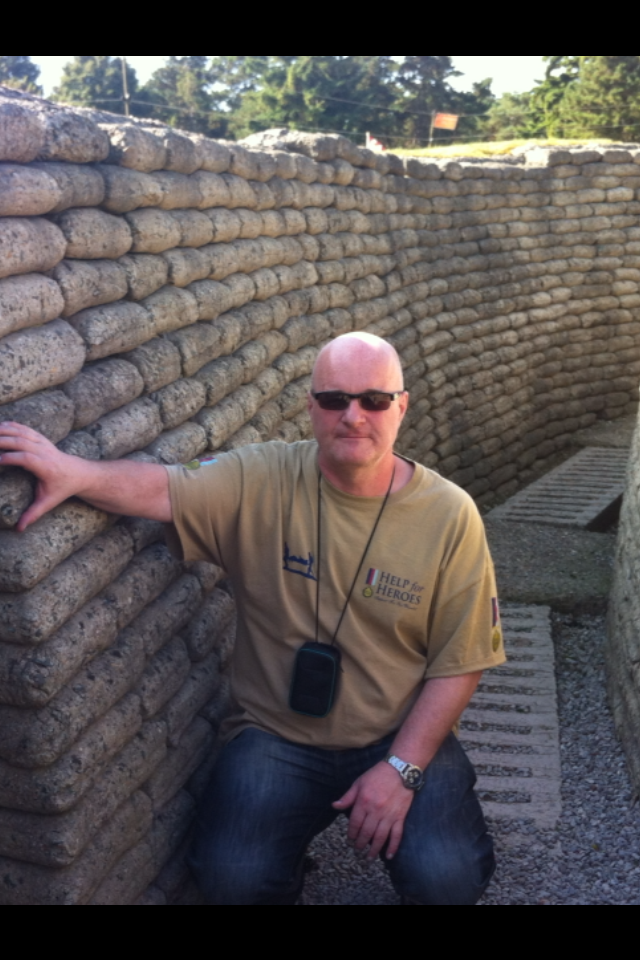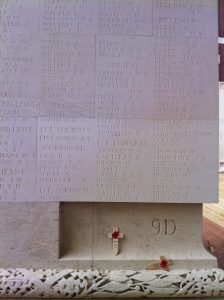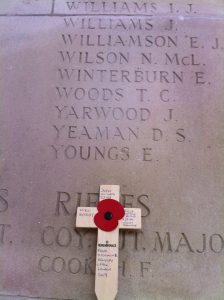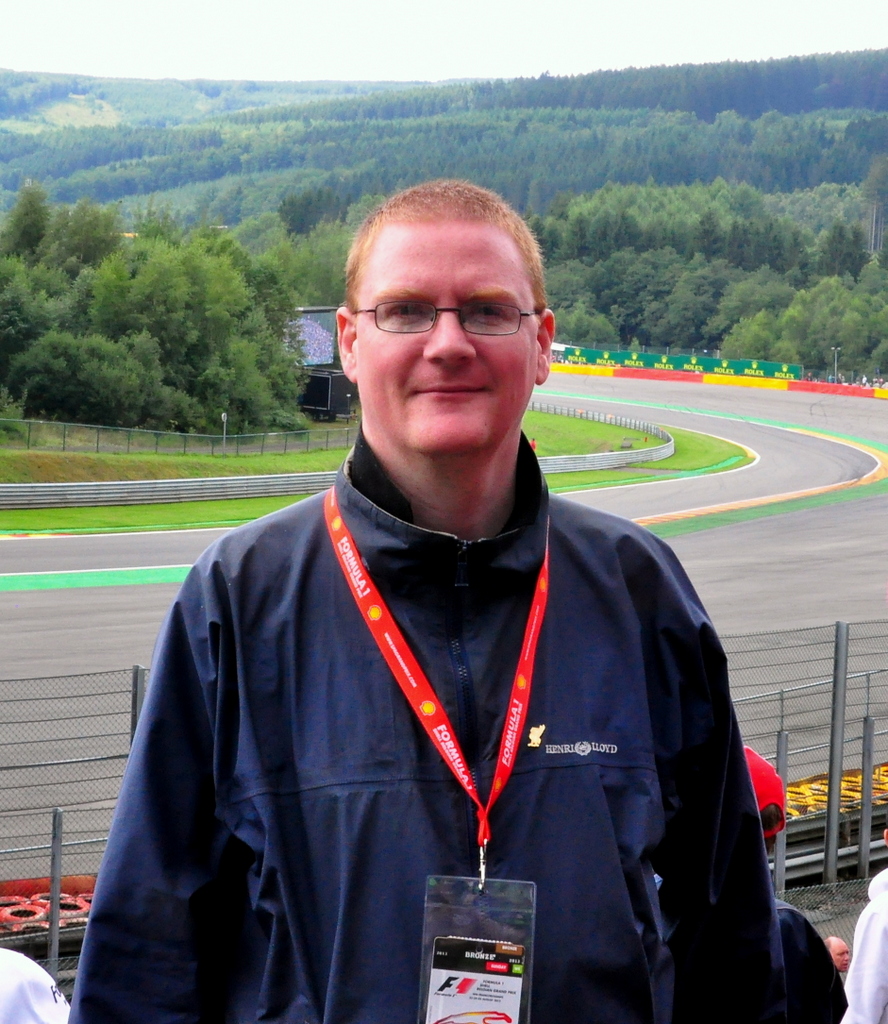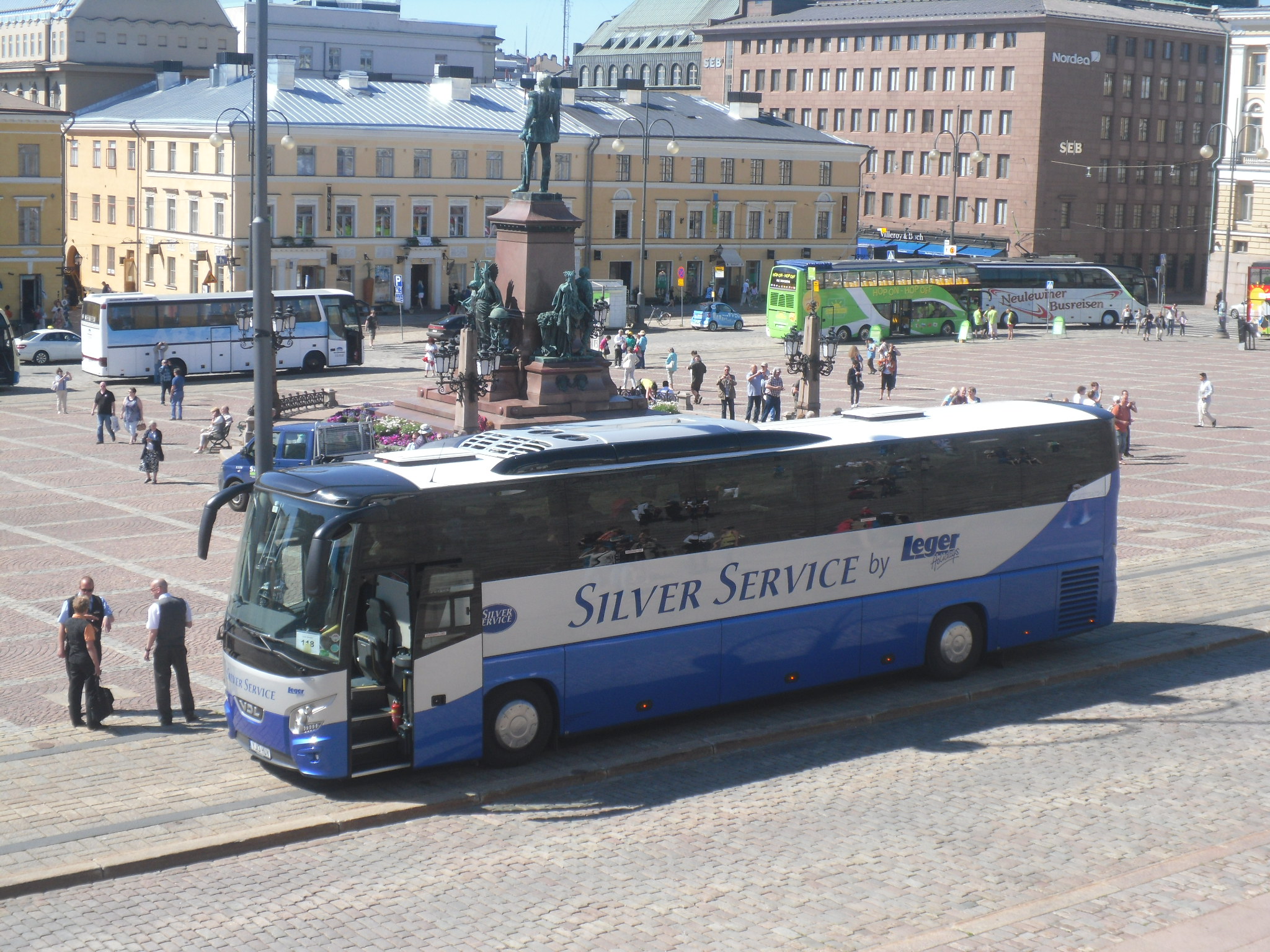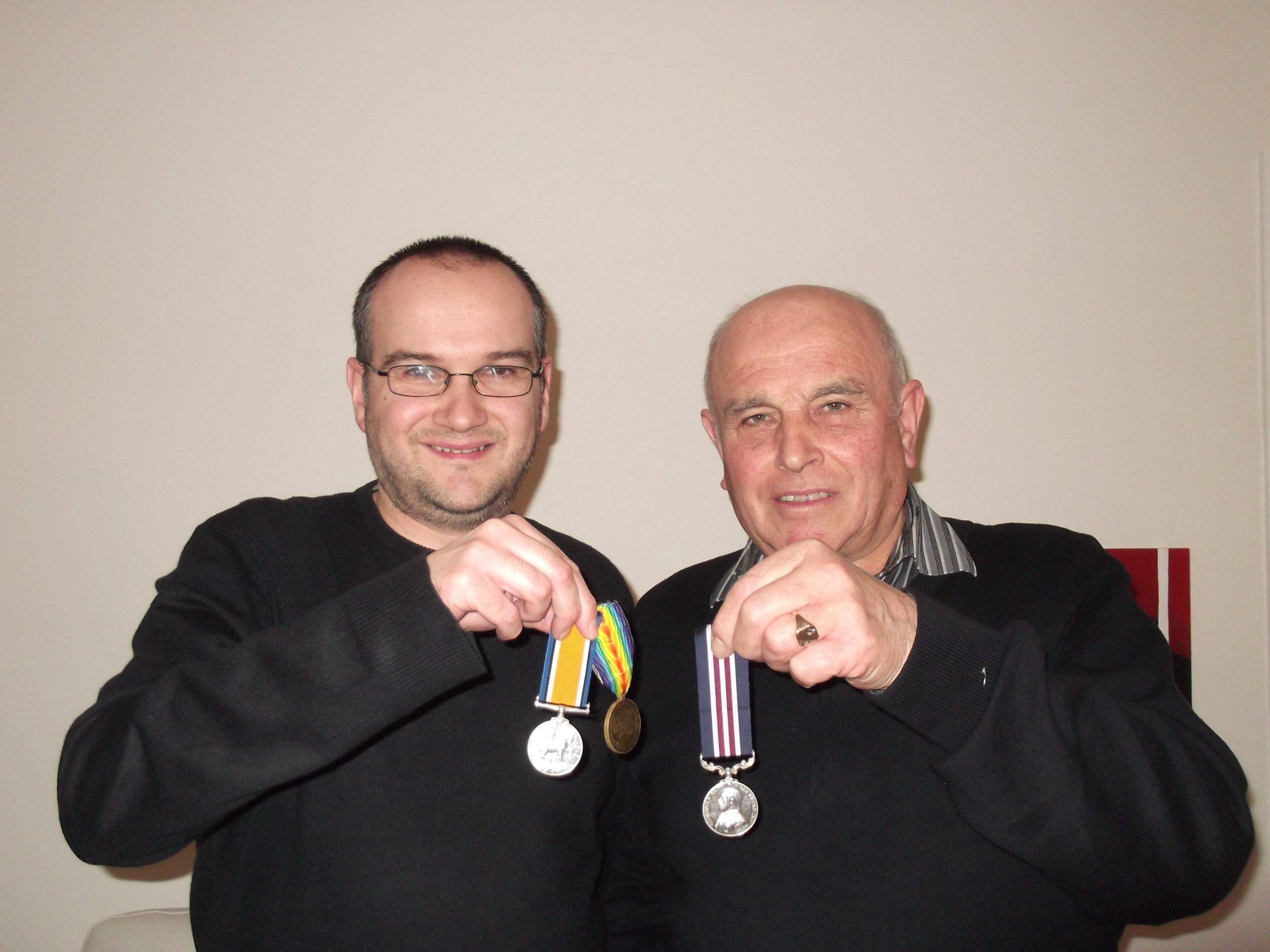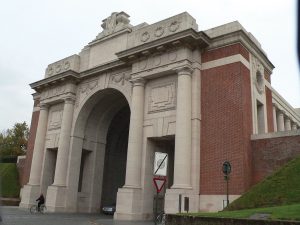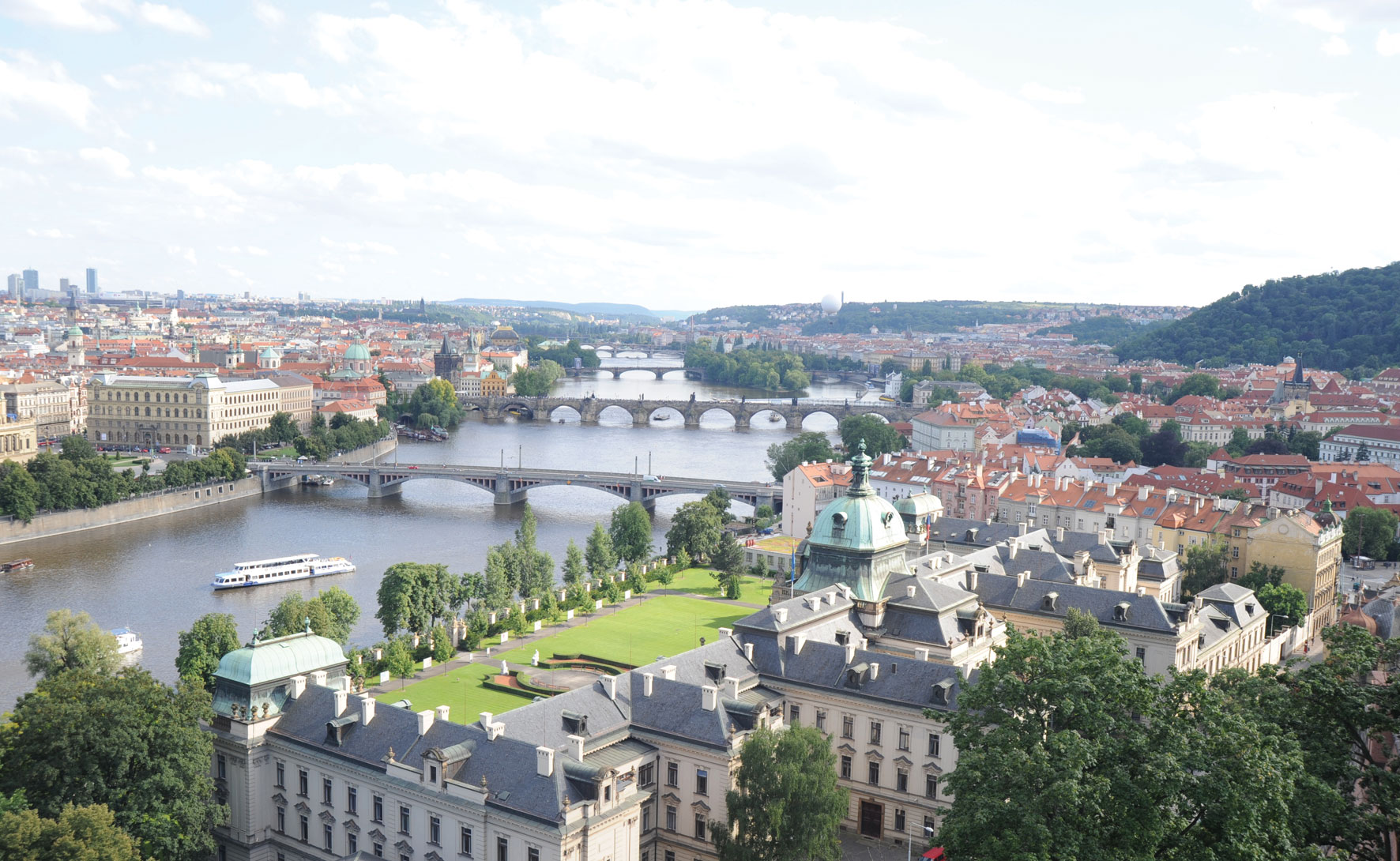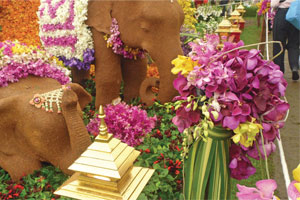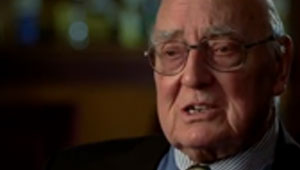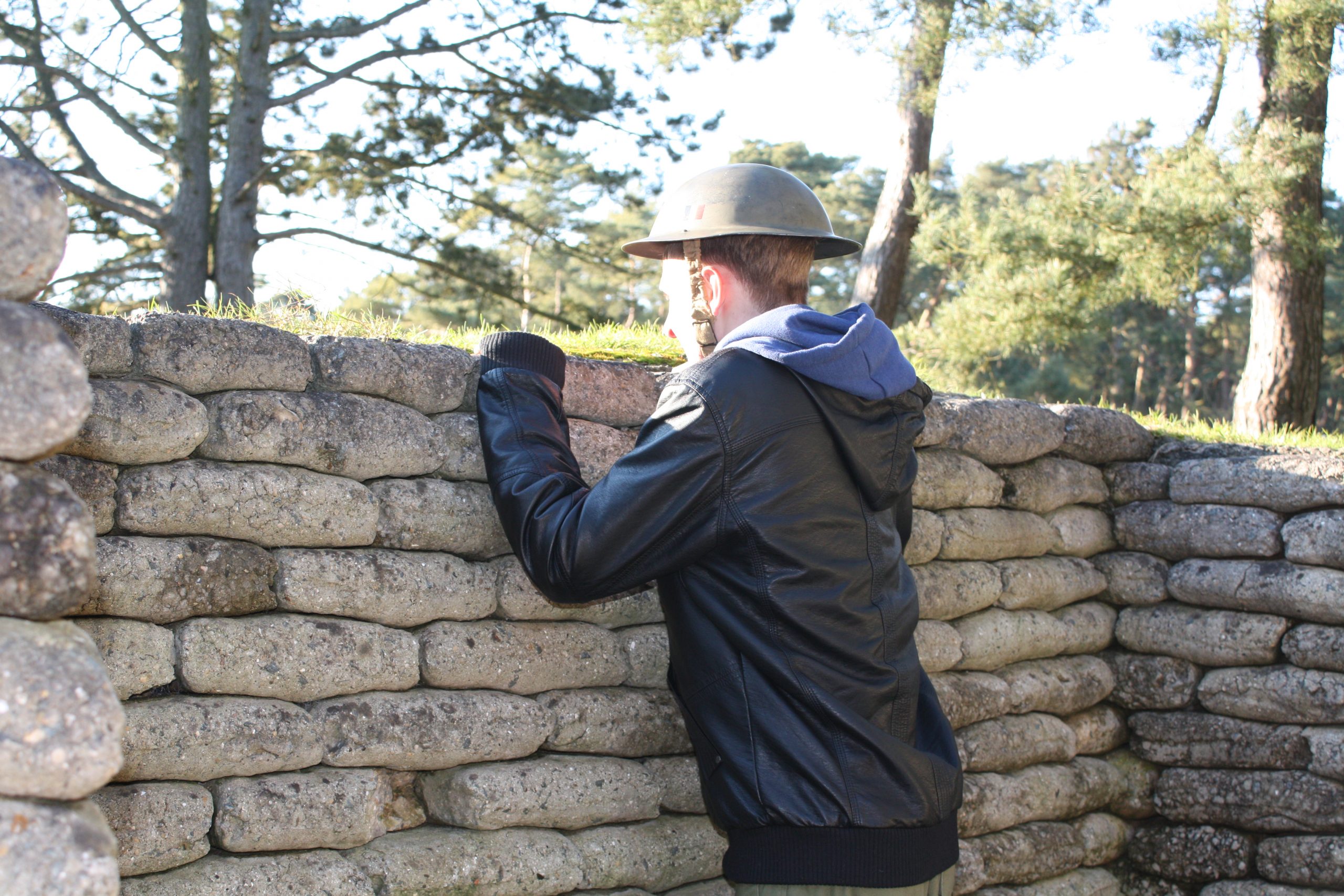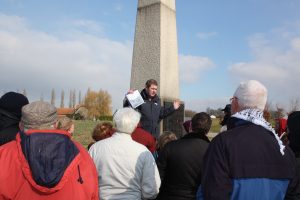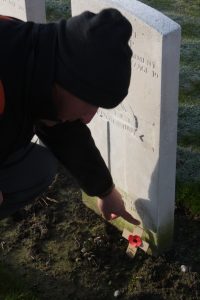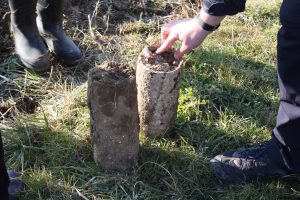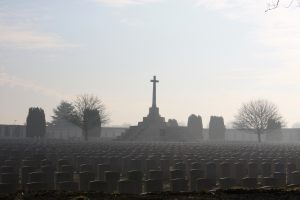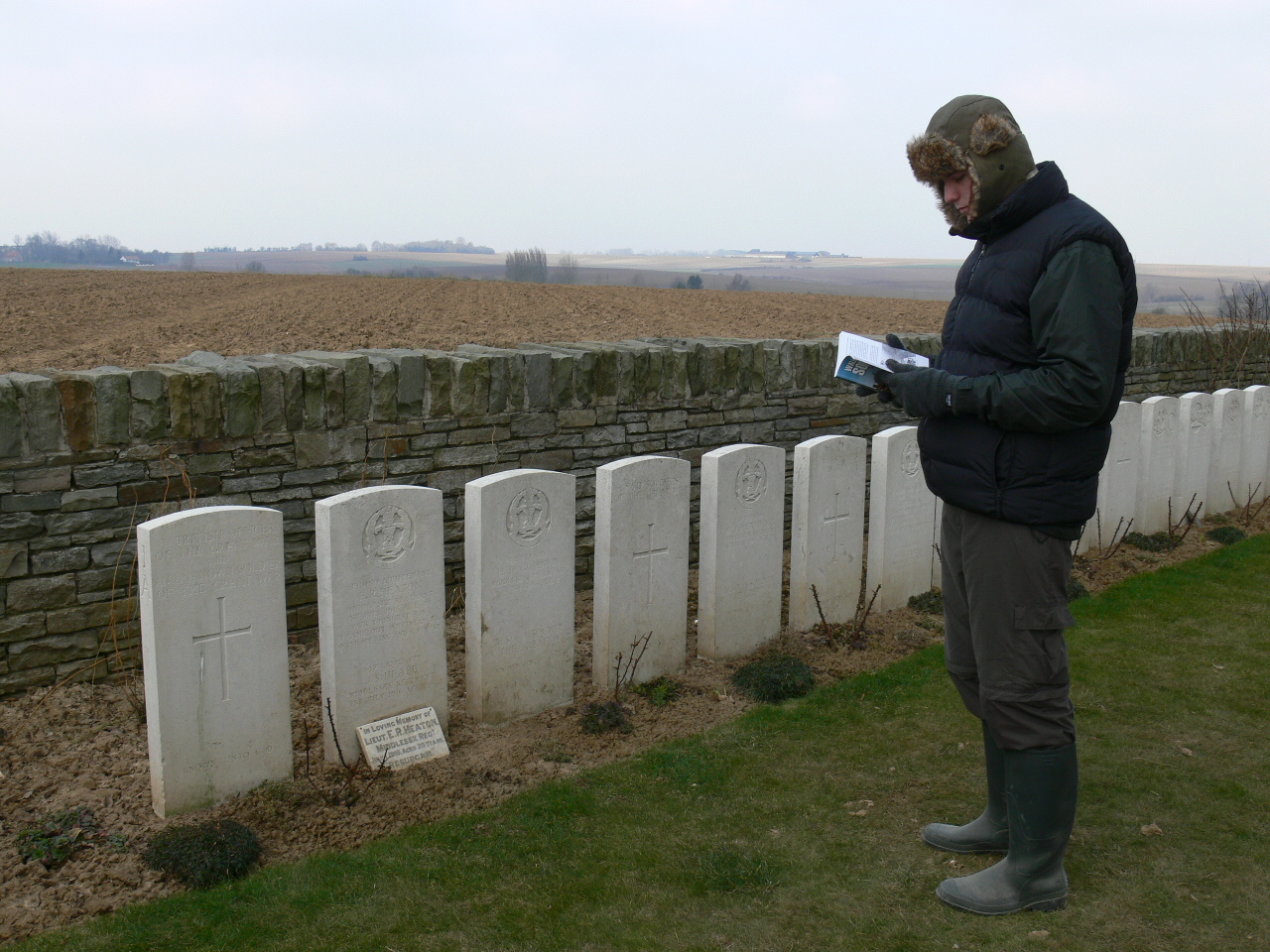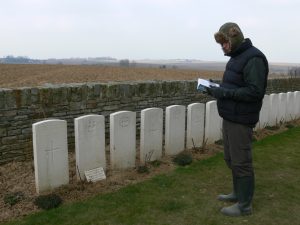Free holiday on offer for the UK’s biggest Scrooge
Are you the UK’s biggest Christmas Scrooge or does the thought of festive feelings bring you out in a rash? If so, you could be in for a treat with a twist this yuletide season!
We’re offering the nation’s biggest scrooge, and a friend of their choice, a free seat on one of our most popular Christmas Market tours in the hope of overcoming any Grinch-like ways they may have.
To enter yourself, or nominate a loved one, all you need to do is send us a 300 word explanation of what makes you (or the entrant) the UK’s biggest Scrooge along with a photo of the person nominated. Entries should be sent to losethescrooge@lucre.co.uk by the 25th of November 2013 at which point your entry will be put forward to the panel.
The lucky winner, who will be notified by the Leger team by the 27th November, must be available to travel on the 12th December 2013. Collected from one of a selection of pick up points, the winner and a companion of their choice will travel on a luxurious Silver Service coach to visit Brussels Christmas Markets and Valkenburg for a spectacular four day tour. Their Christmas spirit levels will of course be measured both before and after their return.
Huw Williams, Marketing Director for Leger Holidays said:
“The European markets offer unbeatable festive atmospheres which are sure to melt even in the frostiest of characters. Over the years, we’ve had so many customers come back from the tours claiming to have found a new sense of Christmas spirit that we just had to put this to the test and see how powerful the sights, sounds and smells of these markets can be!
“Of course, everyone is entitled to embrace their inner scrooge should they want to. However, through this competition, we wanted to provide an opportunity for those who are more curious about exploring their hidden Christmassy side. We look forward to reading through the entries and we wish everyone the best of luck!â€
Looking to enter or nominate someone you know? Make sure you’ve read our terms and conditions…
Terms and Conditions:
- The promoter is Leger Holidays Ltd. Sunway House, Canklow Meadows, Rotherham S60 2XR.
- The ‘Lose The Scrooge’ competition is open to all UK residents over 21 years old (including Northern Ireland, Eire and the Channel Islands) except for employees of the promoter, their immediate family and anyone else connected to the creation or administration of the promotion.
- The prize offered is non-transferable and is for one adult (over 21) and a travelling companion of their choice.
- The entry materials must belong to, or have had approval from, the entrant.
- The entry period is from 12th November 2013 until midnight on 25th November 2013.
- The overall winner will be announced by the 27th November 2013.
- The overall winner will receive two free seats on Leger Holidays’ Silver Service, four day tour ‘Brussels Christmas Markets and Valkenburg’. The tour includes three nights’ accommodation with continental breakfast (with the two travelers sharing a room one of whom must be over 21).
- No cash alternative is available and the tour must be taken on the 12th December 2013 as started, unless Leger Holidays announce otherwise.
- Please check at time of booking exact dates and times of travel, as missed departure will void the prize.
- Travel insurance is excluded. Winner should take out their own insurance.
- Entrants will be given a choice of collection points for the tour from a limited selection of areas presented by Leger Holidays. Travel costs to these points will not be covered by Leger Holidays.
- In the event of unforeseen circumstances, the promoter reserves the right to offer an alternative prize of equal or greater value.
- The judging panel’s decision is final and binding. No correspondence will be entered into.
- By entering this competition, entrants and any persons featured in the entry photograph agree that their nominations may be used by Leger Holidays as they wish, without prior notice to the entrant. Entrants will also have permission of all individuals in the photograph, as well as the permission of the copyright owner of the photograph, before entering the contest.
- Winners’ names and counties are available 28 days after the closing date. Send a SAE to Leger Holidays c/o Lucre, 30 Park Square West, Leeds, LS1 2PF.
- By entering the competition, entrants agree that their nominations and photographs/text/content will be posted on Leger’s social and media channels including the Leger Holidays website and blog.
- By entering the competition, the winner agrees to participate in any publicity involving print and broadcast media that is required.
- All text copy provided in this competition remains the copyright of Leger Holidays Ltd.
- By entering the competition, entrants agree to be bound by these rules and by any other requirements set out in the promotional material.
- Any inappropriate or offensive material will be reported to the police and removed from the competition.
- Leger Holidays may in its absolute discretion change these terms and conditions without notice or cancel the promotion without prior notice in the event of circumstances arising beyond its control that makes it necessary to do so. By entering this competition entrants are deemed to accept these rules.


